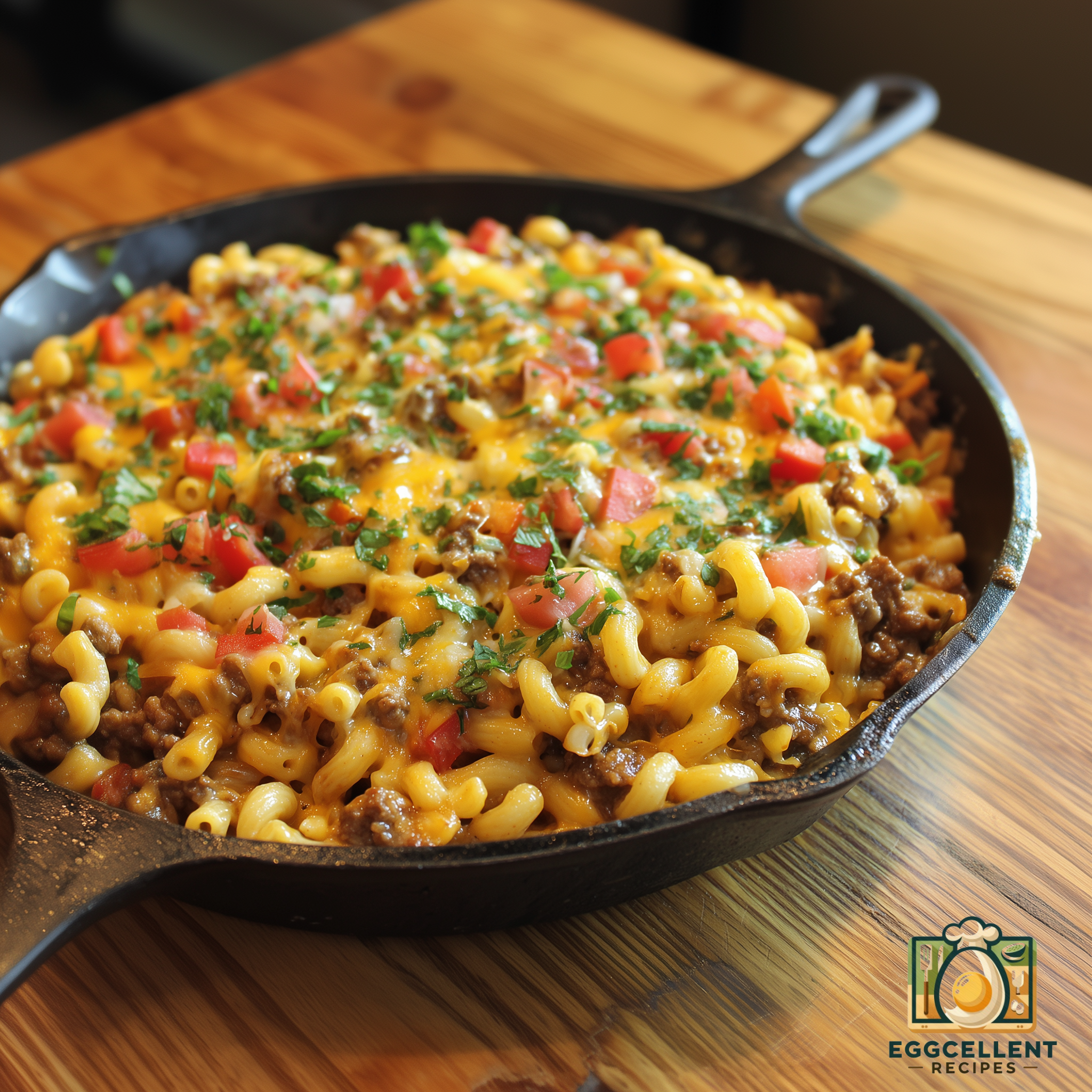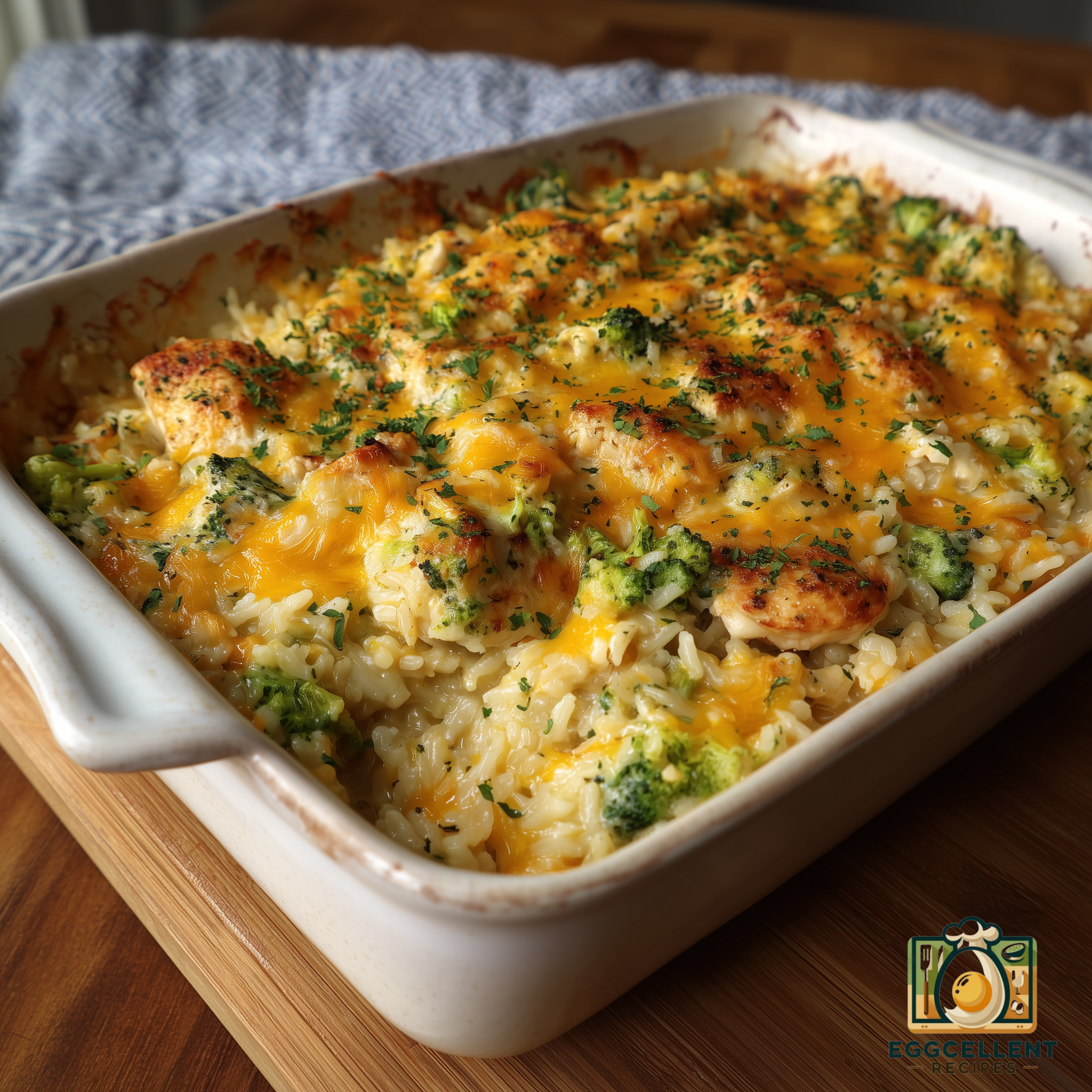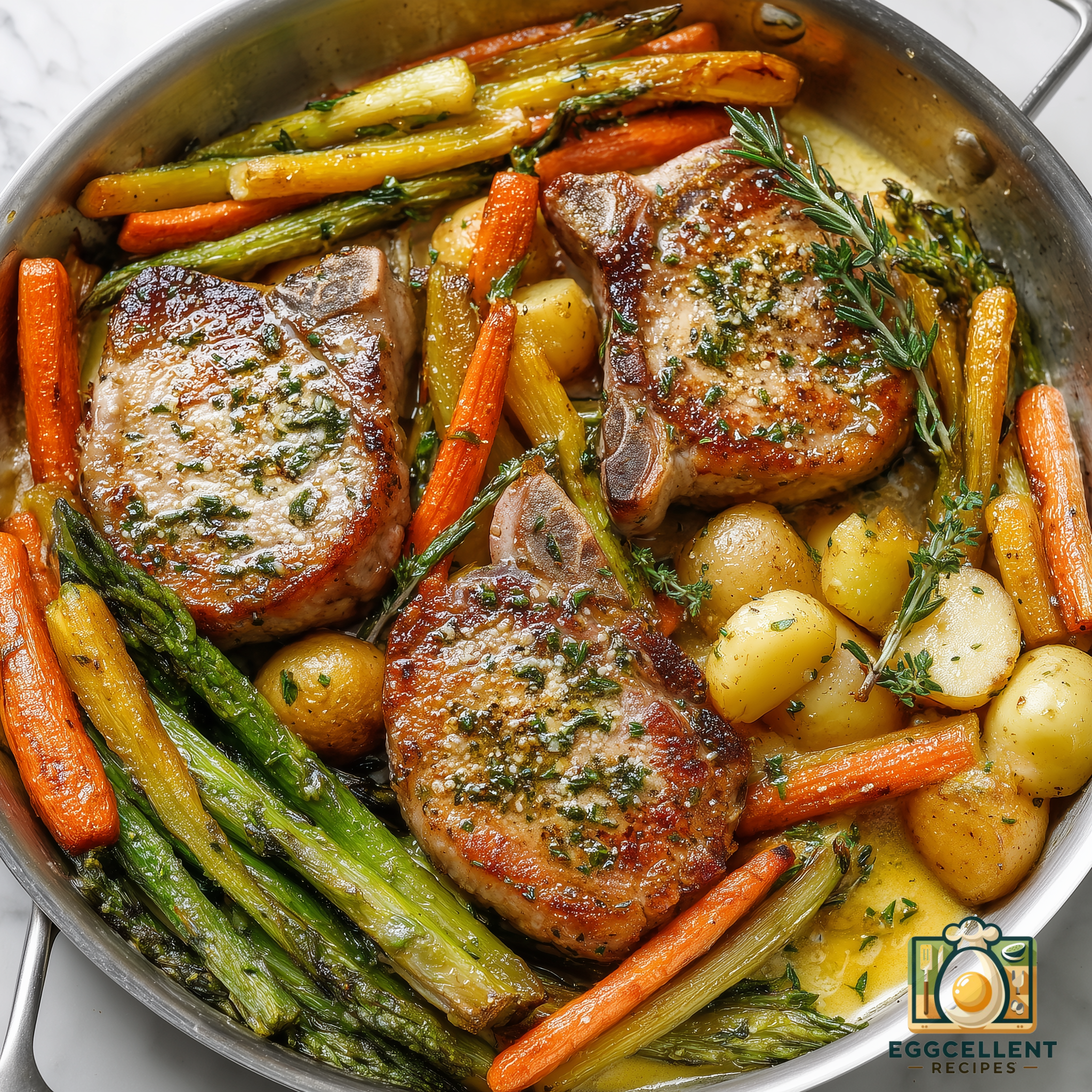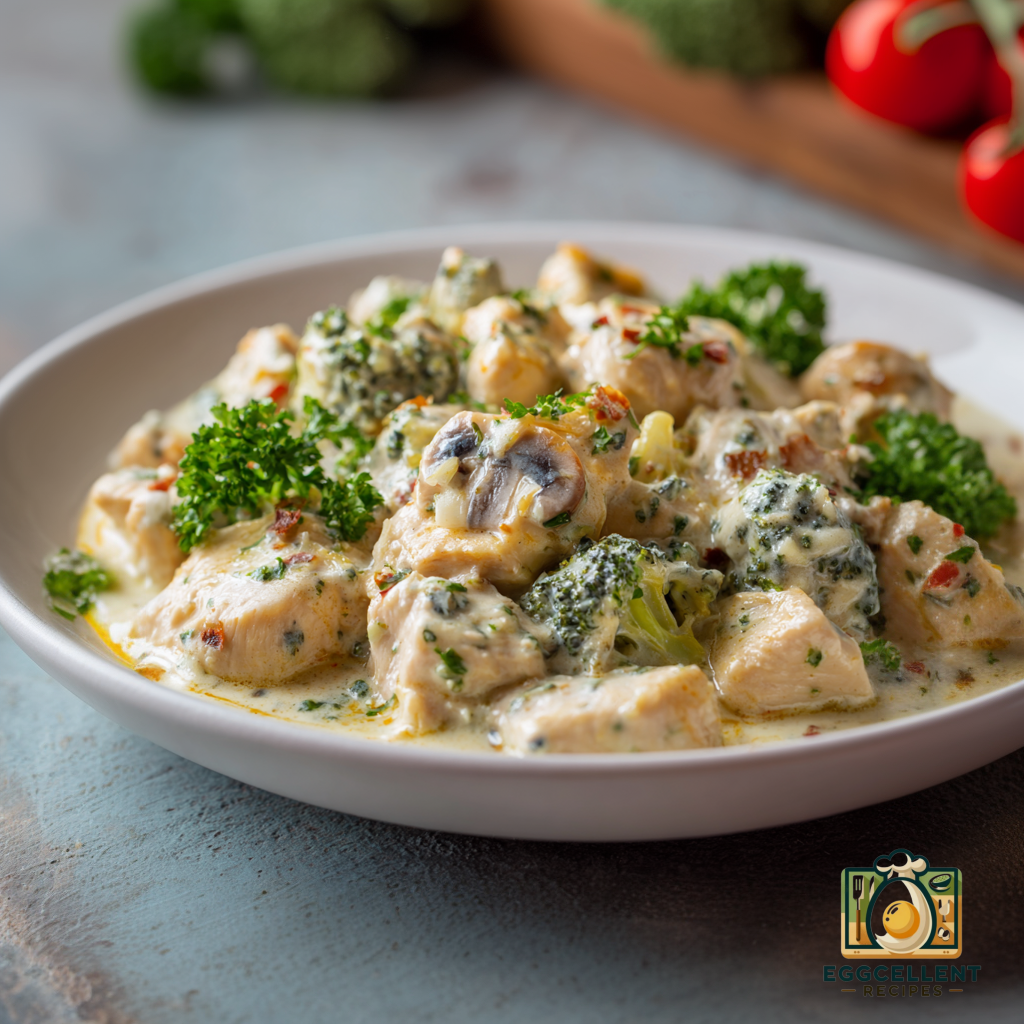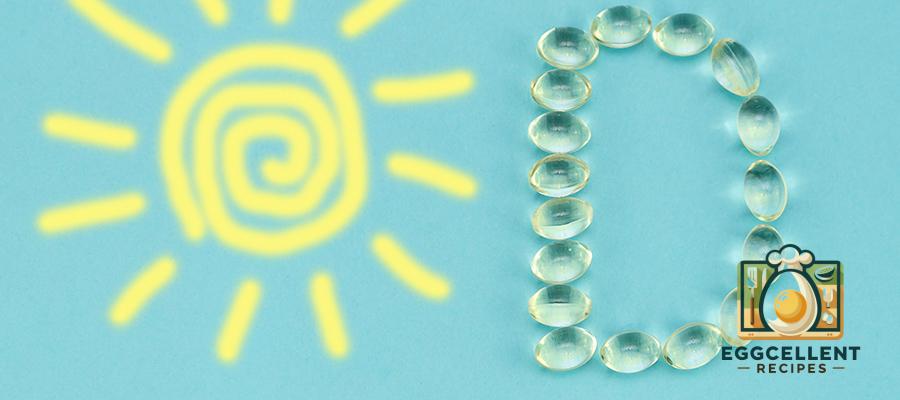 Vitamin D, often referred to as the “sunshine vitamin,” plays a crucial role in maintaining overall health. It helps the body absorb calcium, supports bone health, boosts the immune system, and may even play a role in mood regulation. While sunlight is a primary source of vitamin D, certain foods can help increase your intake, especially during months with limited sun exposure. In this article, we’ll explore the best vitamin D-rich foods to incorporate into your diet for optimal health.
Vitamin D, often referred to as the “sunshine vitamin,” plays a crucial role in maintaining overall health. It helps the body absorb calcium, supports bone health, boosts the immune system, and may even play a role in mood regulation. While sunlight is a primary source of vitamin D, certain foods can help increase your intake, especially during months with limited sun exposure. In this article, we’ll explore the best vitamin D-rich foods to incorporate into your diet for optimal health.
Why Is Vitamin D Important?
Vitamin D is essential for several bodily functions:
- Bone Health: It aids in calcium absorption, helping to build and maintain strong bones and teeth.
- Immune Function: Vitamin D supports the immune system, helping the body fend off infections.
- Muscle Function: It contributes to muscle strength and function.
- Mood Regulation: Low levels of vitamin D have been linked to mood disorders like depression.
A deficiency in vitamin D can lead to health issues such as osteoporosis, weakened immune response, and increased risk of chronic diseases.
Top Vitamin D-Rich Foods
Here are some of the best dietary sources of vitamin D:
1. Fatty Fish

Fatty fish are among the best natural sources of vitamin D.
- Salmon: Wild-caught salmon can provide up to 988 IU of vitamin D per 3.5-ounce (100-gram) serving, which is over 100% of the recommended daily intake (RDI). Farmed salmon contains less but still significant amounts.
- Mackerel: This oily fish offers about 360 IU per 3.5-ounce serving.
- Sardines: Canned sardines provide around 177 IU per 3.5-ounce serving.
- Tuna: Canned light tuna contains about 268 IU per 3.5-ounce serving.
How to Include Them: Grill or bake salmon or mackerel for dinner, add sardines to salads or toast, and use canned tuna for sandwiches or casseroles.
2. Cod Liver Oil

Cod liver oil is a popular supplement that provides a concentrated dose of vitamin D.
- Nutritional Value: Just one teaspoon (5 ml) of cod liver oil contains approximately 450 IU of vitamin D, which is about 56% of the RDI.
How to Include It: Take cod liver oil as a supplement, either in liquid form or capsules. Always follow the recommended dosage and consult a healthcare provider if necessary.
3. Egg Yolks
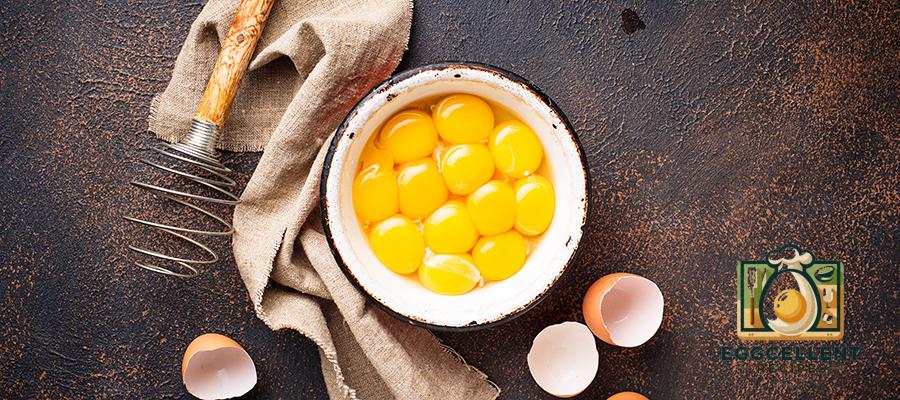
Egg yolks are a convenient way to get vitamin D, especially if you don’t consume fish.
- Nutritional Value: One large egg yolk contains about 37 IU of vitamin D.
How to Include Them: Enjoy eggs scrambled, boiled, or in omelets. Opt for eggs from pasture-raised or free-range chickens, as they tend to have higher vitamin D levels.
4. Fortified Foods
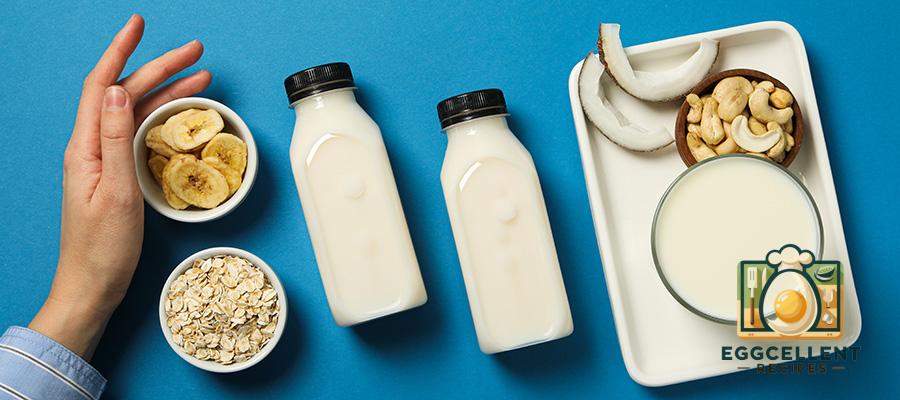
Many foods are fortified with vitamin D to help people meet their daily requirements.
- Milk: Cow’s milk is often fortified with about 115–130 IU per cup (237 ml).
- Plant-Based Milks: Soy, almond, and oat milks are commonly fortified with vitamin D, offering similar amounts as cow’s milk.
- Orange Juice: Some brands of fortified orange juice provide up to 100 IU per cup.
- Cereals: Certain breakfast cereals are fortified with vitamin D, providing between 40–100 IU per serving.
- Yogurt: Some yogurts are fortified, offering additional vitamin D.
How to Include Them: Check product labels to find fortified options. Incorporate fortified milk into your cereals, smoothies, or coffee. Enjoy fortified cereals or yogurt for breakfast.
5. Mushrooms
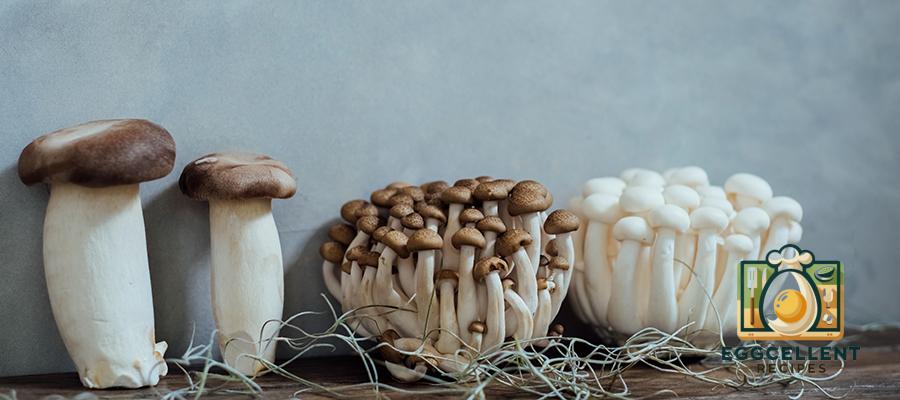
Mushrooms are the only plant source that can synthesize vitamin D when exposed to UV light.
- Wild Mushrooms: Varieties like chanterelles and morels can contain up to 2,300 IU per 3.5-ounce serving.
- UV-Exposed Mushrooms: Some commercially grown mushrooms are exposed to UV light to increase their vitamin D content, providing around 130–450 IU per 3.5-ounce serving.
How to Include Them: Add mushrooms to salads, stir-fries, soups, or omelets. Look for labels indicating UV-exposed or vitamin D-enhanced mushrooms.
6. Beef Liver
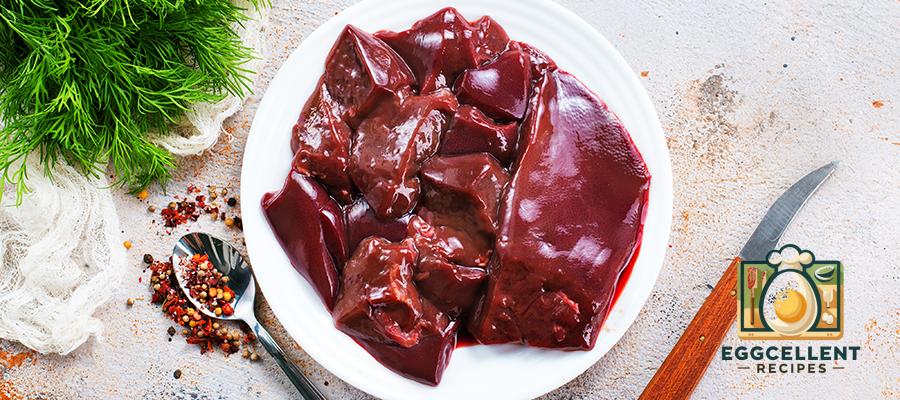
While not as popular, beef liver is a nutrient-dense food that provides vitamin D.
- Nutritional Value: A 3.5-ounce serving of cooked beef liver offers about 50 IU of vitamin D.
How to Include It: Incorporate beef liver into pâtés, or sauté it with onions and herbs. Due to its strong flavor, it can be mixed with other ground meats.
7. Cheese

Some cheeses contain small amounts of vitamin D.
- Nutritional Value: On average, cheeses like cheddar, Swiss, and feta provide about 6–28 IU per 1-ounce serving.
How to Include It: Add cheese to sandwiches, salads, or enjoy as a snack with whole-grain crackers.
8. Fortified Tofu
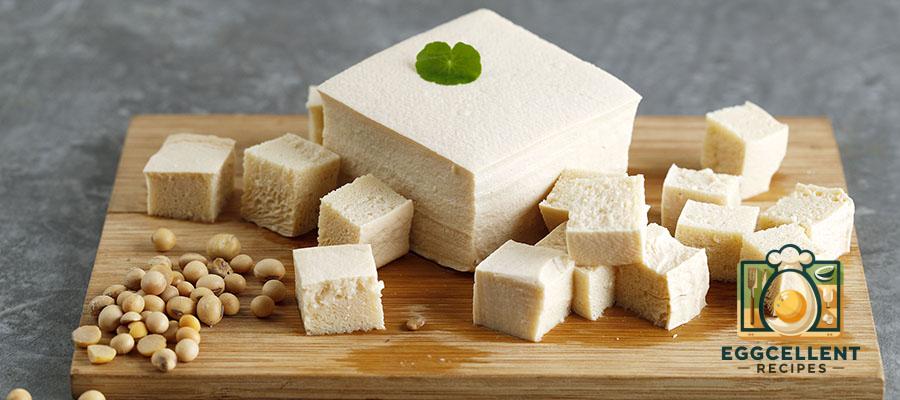
Tofu is often fortified with vitamin D and is an excellent option for vegetarians and vegans.
- Nutritional Value: Fortified tofu can provide up to 100 IU per 3.5-ounce serving.
How to Include It: Use tofu in stir-fries, scramble it as an egg substitute, or add it to soups.
Tips for Maximizing Vitamin D Intake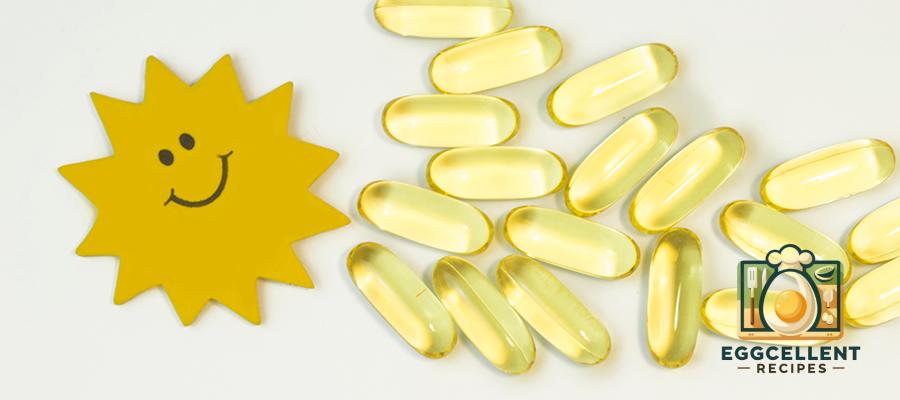
- Pair with Healthy Fats: Vitamin D is fat-soluble, meaning it’s better absorbed when consumed with dietary fats. Pair vitamin D-rich foods with healthy fats like olive oil, avocados, or nuts.
- Sun Exposure: While food sources are important, moderate sun exposure can significantly boost vitamin D levels. Aim for about 10–30 minutes of midday sun several times a week, depending on your skin sensitivity.
- Consult a Healthcare Provider: If you’re concerned about your vitamin D levels, consider getting a blood test. Your doctor may recommend supplements if necessary.
Who Is at Risk of Vitamin D Deficiency?
Certain groups are more susceptible to deficiency:
- People with Limited Sun Exposure: Those living in northern latitudes or who spend little time outdoors.
- Older Adults: The skin’s ability to produce vitamin D decreases with age.
- Individuals with Darker Skin: Higher melanin levels reduce the skin’s ability to produce vitamin D from sunlight.
- People with Absorption Issues: Conditions like Crohn’s disease or celiac disease can affect vitamin D absorption.
- Breastfed Infants: Human milk contains little vitamin D; supplementation may be necessary.
Signs of Vitamin D Deficiency

- Frequent Illness: Weakened immune system leading to more infections.
- Fatigue and Tiredness: Low energy levels despite adequate sleep.
- Bone and Back Pain: Vitamin D deficiency can cause or exacerbate bone pain.
- Depressed Mood: Low levels have been linked to depression.
- Impaired Wound Healing: Slow recovery from injuries.
If you experience these symptoms, consult a healthcare provider for proper assessment.
Final Thoughts
Vitamin D is vital for maintaining good health, and incorporating vitamin D-rich foods into your diet is a practical way to ensure adequate intake. From fatty fish and fortified foods to mushrooms and eggs, there’s a variety of delicious options to choose from. Along with sensible sun exposure and a balanced diet, these foods can help you maintain optimal vitamin D levels and support overall well-being.

